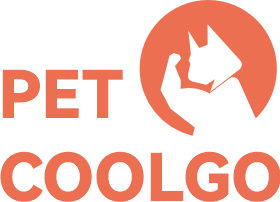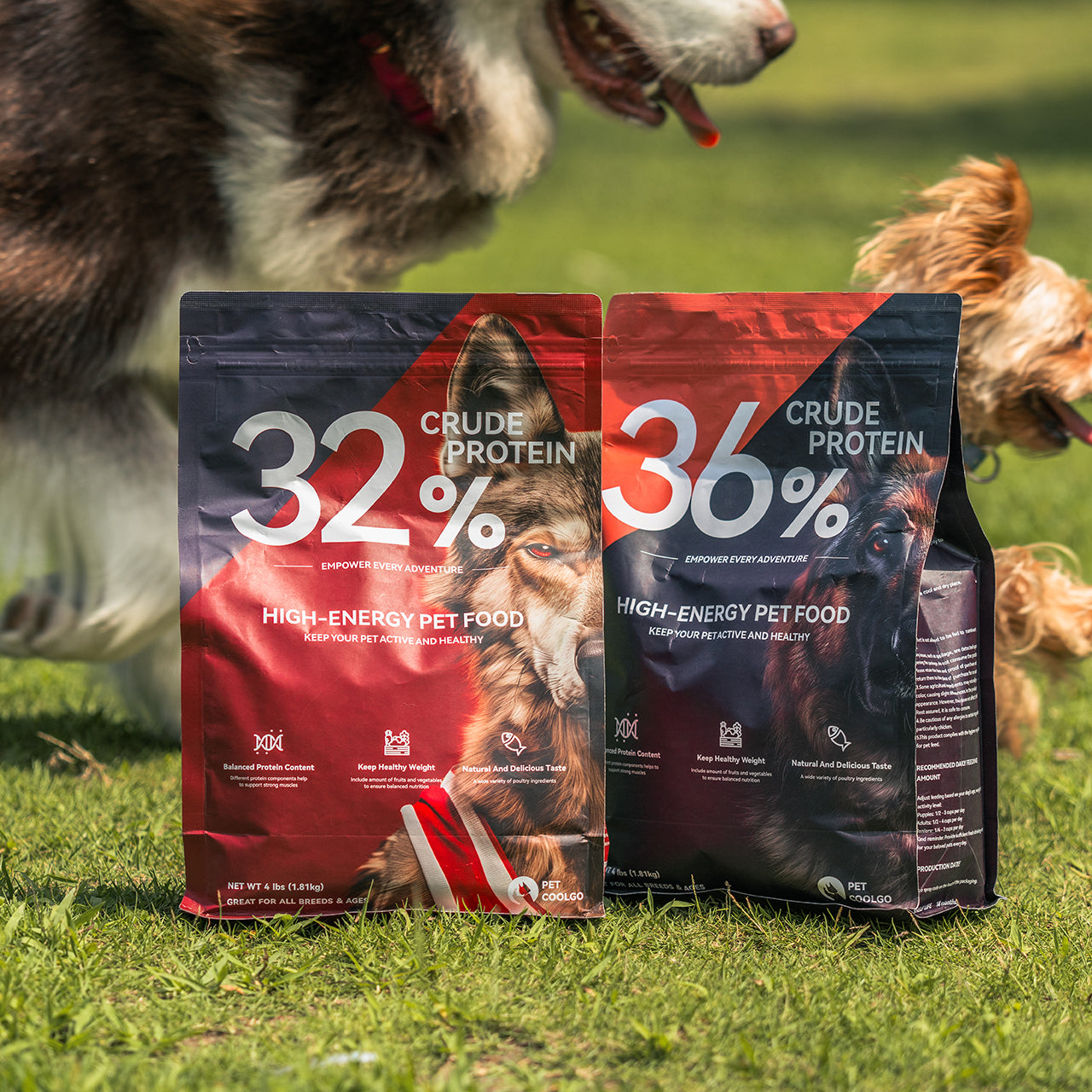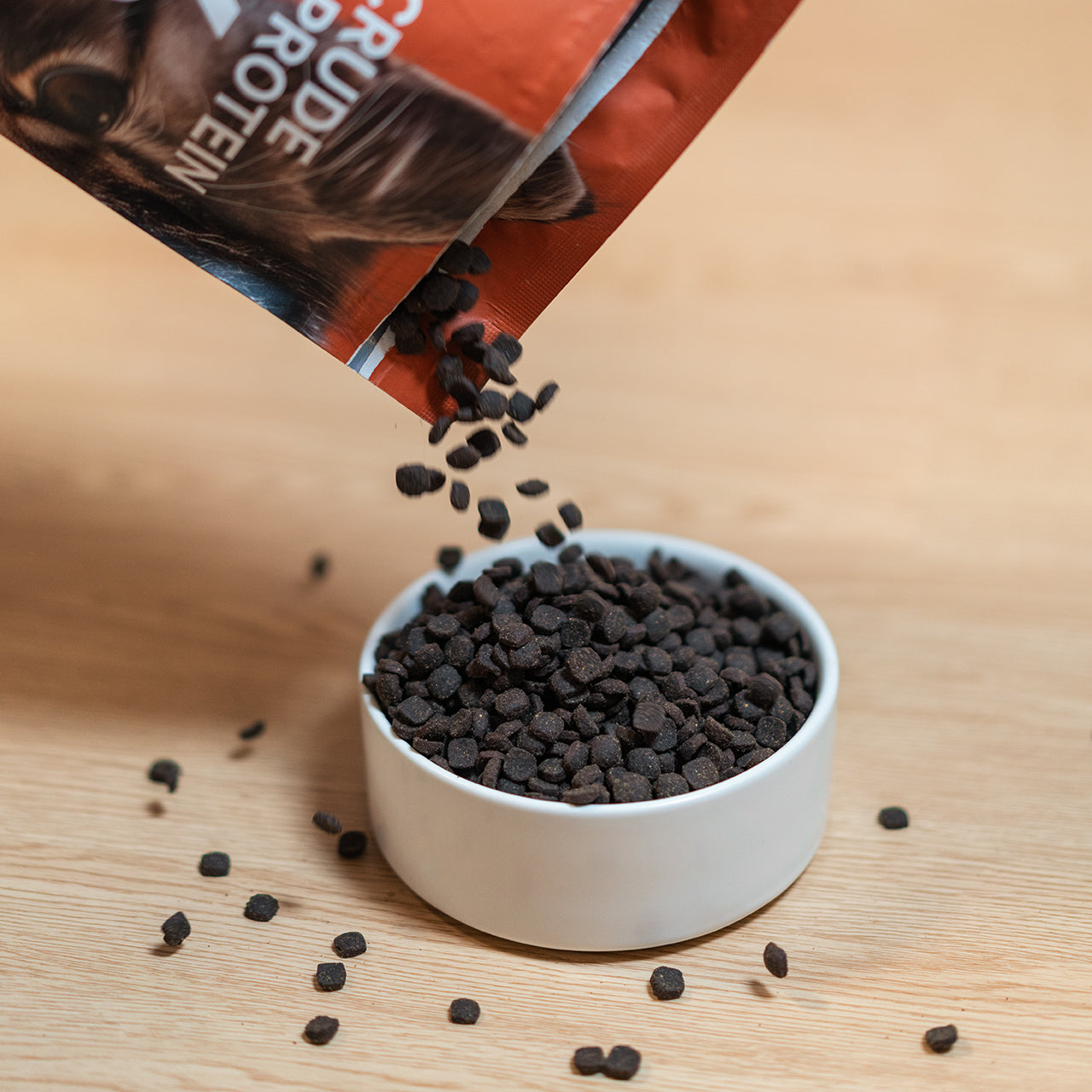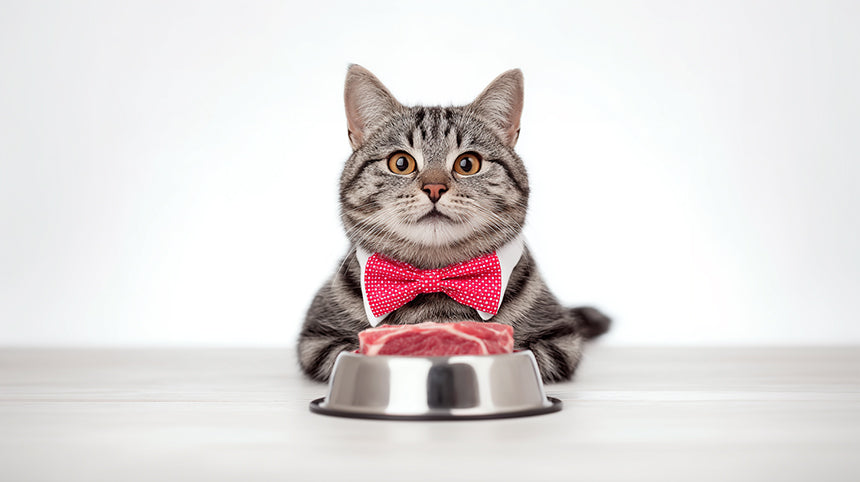You are in the pet food store, and you see lots of bags that say they are good for your dog. The words "grain free dog food" are on many bags. It is often called the best choice. But you have also heard about some problems with it. This can make you feel confused and worried. You want to pick the best food for your dog, but there is too much information, and it's hard to know what is true. This guide will make things simple. It will teach you the most important skill: how to read an ingredient list. This will help you avoid common mistakes and make a smart choice.
Why Did Grain-Free Dog Food Become a Problem?
For many years, grain-free food was seen as the best kind of food. The problems started when the U.S. Food and Drug Administration (FDA) began to look into a possible link between some dog foods and a serious heart problem in dogs called dilated cardiomyopathy (DCM). Many of the dogs with this problem were eating grain free dog food.
To be clear, the problem is not that the food has "no grains." The real worry is about what is used instead of grains. Many popular grain-free foods use a lot of legumes (like peas and lentils) and potatoes. These are used to add carbohydrates and make the protein number on the label look higher. Scientists are now studying if these ingredients, when used in large amounts, might stop a dog's body from using taurine. Taurine is very important for a healthy heart.
The 3-Step Way to Read a Dog Food Ingredient List
The ingredient list is the most honest part of any bag of dog food. It tells you exactly what is inside. Ingredients are listed by weight, so the first five are the most important.
Step 1: Look at the First Five Ingredients
These ingredients are the main things in the food. In a good dog food, you want to see one or two animal proteins at the very top of the list. The names should be specific, like "chicken" or "beef." This shows that the food is made with a lot of meat, not cheap stuff.
Step 2: Find High-Quality Animal Protein
All protein is not the same. Words that are not clear can hide bad ingredients. You need to know how to see the difference.
- Good Protein: Look for specific animal names, like "deboned chicken," "lamb," or "beef." A named meat "meal" (like "chicken meal") is also very good. A meal is a dry, concentrated protein.
- Bad or Unclear Protein: Be careful with general words like "meat and bone meal" or "animal by-products." These words do not tell you what animal was used. They can be made from parts that are not as healthy.
Different pets have different nutritional needs, and the appropriate protein source will also vary accordingly. This requires a comprehensive consideration of the pet's age, breed, and health status to choose the appropriate protein.
Step 3: Be Careful with Legume & Potato Fillers
This is the most important step to avoid problems with grain free dog food. After you find the protein, look at the other ingredients. It is important to know that a small amount of legumes can be part of a balanced diet. The main concern is when these ingredients are used in large quantities to replace animal protein. If the list has a lot of peas, lentils, or potatoes near the top, that is a big warning sign. Also, look out for "ingredient splitting." This is a trick where a company lists different forms of the same plant to make it seem like there is less of it. For example, if you see "peas," "pea protein," and "pea flour," it is a strong sign that the food has a lot of peas in it.
Busting a Myth: Does Your Dog Really Need Grain-Free Food?
Many dog owners buy grain-free food to help with allergies, like itchy skin. But this is often based on something that is not true. It is not very common for dogs to be allergic to grains. Studies show that dogs are more often allergic to a protein, like chicken or beef.
Also, healthy whole grains are not just "fillers." They give dogs good things their bodies need.
- Good Grains: Things like brown rice and oats are good sources of fiber, which helps with digestion. They also have important vitamins and give your dog energy.
- Grains That Are Not as Good: Fillers like corn and wheat are not as healthy and are more often linked to food issues.
A food with healthy grains can be a great choice for most dogs.
How to Make a Smart Choice for Your Dog
Now you can go to the pet food store and feel sure about your choice. Here is a simple guide to help you decide what to buy.
If you want to choose a "grain-free" food:
- Make sure a named animal protein is the #1 ingredient.
- Look closely for too many peas, lentils, or potatoes at the top of the list.
- Pick a brand that studies dog food and has vets help make it.
If you want to choose a food with grains:
- The same rule is true: a named animal protein must be the #1 ingredient.
- Look for healthy whole grains like brown rice or oats, not cheap fillers like corn.
- Make sure the food is "complete and balanced" for your dog's age.
Conclusion: The Most Important Tip - Talk to Your Vet
In the end, the question is not "grain-free" or "with grain." It is about how good the food is overall. The best dog foods are made with high-quality animal protein and have the right mix of fats, vitamins, and good carbohydrates. When you learn to read the ingredient list, you can ignore the ads on the front of the bag and choose based on facts. But the best and safest advice is this: always talk to your vet. They know your dog's health needs and can give you the best advice for your dog. No article can do that.




Leave a comment
All comments are moderated before being published.
This site is protected by hCaptcha and the hCaptcha Privacy Policy and Terms of Service apply.